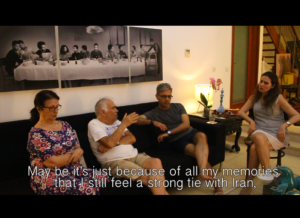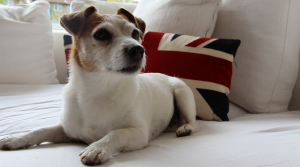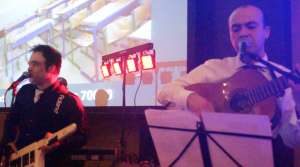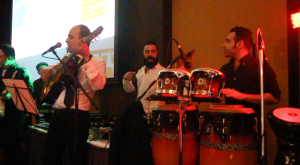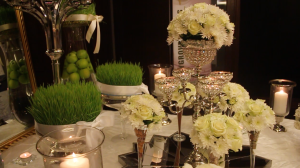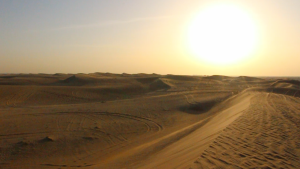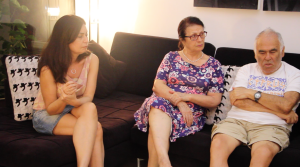Summarizing the process of my project
Since completing my project, I feel like I have faced some difficulties along the way although I do think I have managed to convey some key themes which I have theorised in my original intentions for my film. Generally, I would say that filming this alone has been one of the biggest difficulties, as initially I wanted the film to be quite visually stimulating. However working alone has meant that I was limited in capturing a variations of shots- within the interviews and the transitional/location shots. Despite this problem, I have realised that my documentary is more of an informative film rather than visually aesthetic. I am aware that the interview scenes may consume maybe too much of the film, however I do feel that they are necessary and quite vital in terms of the audiences contextual understanding of the documentaries storyline. Another concern of mine is the consistency of the sound volume and quality. Because I intended to gather the majority of the information from the interview footage, when I wanted to overlay sound with some transitional clips, it was quite difficult to extract valuable parts of information without other members of the family making a comment or some kind of sound in response to it. Therefore the manipulation of sound was quite tricky, in terms of eliminating background sound to make a some sentences flow and sound clear.
For sound I used Adobe Audition, which I had never used before to achieve clarity within the sound and reduce background noise. Audition- a software which is specifically designed for sound manipulation allowed me to effectively reduce background room noise, in a much more noticeable way that the Premier sound effects. Although as a result of this sound reduction, which was crucial to the quality of my sound due to a constant ringing in the background (maybe a kitchen appliance), sometime the interviewee’s vocals went slightly tinny or echoey. I do think that it does sound better than the previous original Tascam clips, which sounded quite muffled and slightly distorted.
In terms of presenting my project, I initially wanted to put it on Vimeo and create a website with some background information so the views gain a more in depth understanding about the narrative. However due to the content regarding the political status of Iran, my family specifically asked to me to keep the video private and to not broadcast it online as they feel that it may prevent their ability to travel to Iran, in the future. The information they provided was not aggressively critical, yet it could be interpreted as anti-regime on behalf of Iranian officials, therefore I do not want to jeopardise their safety by posting it online. Due to the export settings for a DVD format, the video has lost some quality, therefore I will also be sending it as a Onedrive file (which is much is higher quality)to the the module leader Nigel Newbutt so that the examiners can download the file. Not only is the quality better with the HDM settings, but also the DVD tends to lag sometimes- which isn’t a post production error but a technical error involving the speed reading of the dvd on the computer.
The name Rooted in Memories: What Was Once My Home, derives from the themes of belonging through recalling memories of what Iran used to be, and the confusion of what someone can call home, if they are basing it on a past society which no longer exists. Home- for diasporic people is usually a place of security and comfort, in which they their mother culture can be protected. Thus the definition of home can be understood as quite a emotionally conflicting term for them, regarding how they intend to perceive their national.
Overall, I feel that I have created a documentary which fits within the framework of accented documentary/film, exploring emotions which link to diasporaic people, such as displacement, belonging, ‘situatedness’ and cultural milieu. The structure I have created throughout post production has narrowed down an hour and a half’s worth of information/conversation in order to demonstrates theses themes in the most direct and informative way within the 9 minutes of film. Although I have slightly strayed away from framing it exactly like Across Still Waters, which is purely a naturalistic observatory documentary, I found it extremely difficult to work alone and achieve this. The lost footage played a large role in this adaptation of documentary narrative, as I could not replace the interview footage shot in Dubai, after leaving. Thus found footage was an integral part in disguising this loss. Mainly, I am pleased with the extent in which it informs the audience about Iranian history and culture, which I was told during the feedback sessions.
